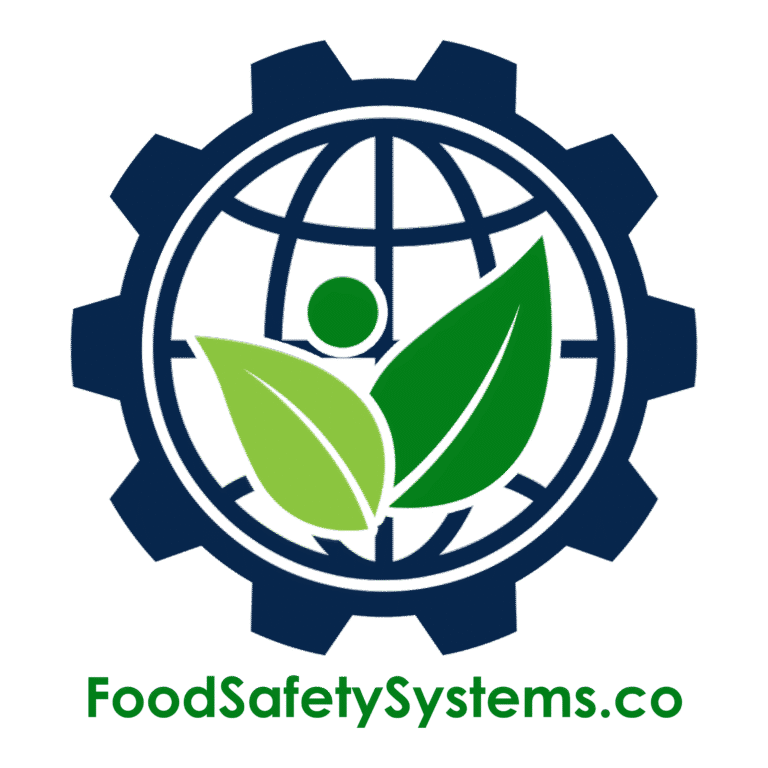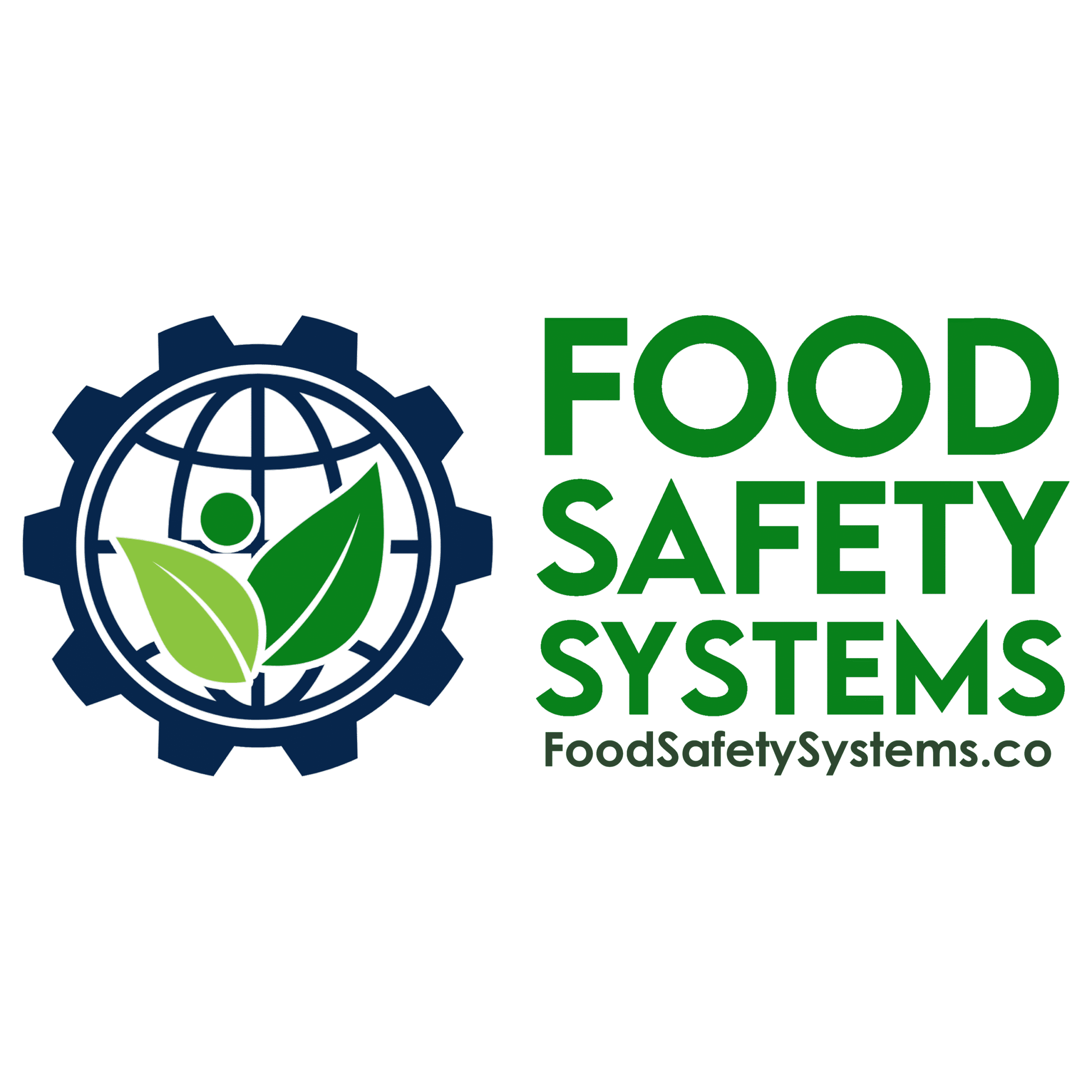Supplier Approval & Monitoring

Aligned with FSSC 22000 – Requirements for Procurement and Control of Products and Services
Requirement Overview
FSSC 22000 requires that all suppliers of traded products—those manufactured, packed, or labeled by third parties but sold under the organization’s name or handled through its operations—are subject to an approval, monitoring, and risk assessment process. This ensures that products meet all applicable food safety, legal, and quality requirements, and that supplier performance is consistently evaluated as part of the organization’s food safety management system.
Aligned with BRCGS for Storage & Distribution Issue 4 – Clause 4.3.1 & 4.3.3
Requirement Overview
BRCGS for Storage & Distribution requires that products moved via cross-docking are traceable and controlled at all times, even when they are not held in storage for extended periods.
Clause 4.3.1: “The company shall ensure that traceability is maintained at all stages, including during cross-docking operations.”
Clause 4.3.3: “Procedures shall be in place to ensure that all products handled, including those not stored on-site, remain under control and are not subject to contamination or substitution.”
Cross-docking operations must not compromise product traceability, safety, or integrity. Even with minimal handling and temporary presence, each product must be accurately identified, documented, and protected.

Key Compliance Objectives
-
✓ Approve all traded product suppliers through a documented procedure
✓ Assess supplier food safety certification and associated risks
✓ Monitor performance using audits, complaints, and verification data
✓ Maintain complete documentation for all approval and monitoring activities
Step-by-Step Compliance Implementation
1. Establish a Supplier Approval Procedure
-
Key Steps Include:
-
• Define approval criteria (e.g., recognized food safety certification, questionnaires, audits)
• Assess supplier food safety systems, traceability, and regulatory compliance
• Determine risk level based on product category, supplier history, and region of origin
Evidence to Maintain:
-
• Supplier approval SOP
• Completed supplier risk assessments
• Supplier questionnaires and certifications
- • Define approval criteria (e.g., recognized food safety certification, questionnaires, audits) • Assess supplier food safety systems, traceability, and regulatory compliance • Determine risk level based on product category, supplier history, and region of origin
- • Supplier approval SOP • Completed supplier risk assessments • Supplier questionnaires and certifications
2. Approve Suppliers of Traded Products
-
Approval Methods May Include:
-
• Valid certification to a recognized food safety scheme (e.g., FSSC 22000, SQF, Global G.A.P.)
• Completed supplier self-assessment forms
• On-site audits for high-risk or uncertified suppliers
Evidence to Maintain:
-
• Supplier approval decision records
• Copies of valid certificates and completed assessment forms
• Audit reports and corrective action follow-up
- • Valid certification to a recognized food safety scheme (e.g., FSSC 22000, SQF, Global G.A.P.) • Completed supplier self-assessment forms • On-site audits for high-risk or uncertified suppliers
- • Supplier approval decision records • Copies of valid certificates and completed assessment forms • Audit reports and corrective action follow-up
3. Monitor and Review Supplier Performance
-
Ongoing Monitoring May Include:
-
• Analysis of complaints, non-conformances, or product recalls
• Tracking supplier performance metrics (e.g., delivery accuracy, quality incidents)
• Periodic re-assessments based on schedule or triggered by incidents
Evidence to Maintain:
-
• Supplier performance monitoring logs
• Records of complaint investigations and product rejections
• Supplier reapproval and review documentation
- • Analysis of complaints, non-conformances, or product recalls • Tracking supplier performance metrics (e.g., delivery accuracy, quality incidents) • Periodic re-assessments based on schedule or triggered by incidents
- • Supplier performance monitoring logs • Records of complaint investigations and product rejections • Supplier reapproval and review documentation
4. Maintain Control Over Product Specifications
-
Specifications Should Be:
-
• Reviewed and approved by both the organization and the supplier
• Accessible to relevant staff
• Reviewed periodically and updated as necessary
Evidence to Maintain:
-
• Signed and current product specifications
• Communication logs with suppliers regarding specifications
• Specification review and change records
- • Reviewed and approved by both the organization and the supplier • Accessible to relevant staff • Reviewed periodically and updated as necessary
- • Signed and current product specifications • Communication logs with suppliers regarding specifications • Specification review and change records
Common Audit Findings & Recommended Fixes
| Audit Finding | Recommended Action |
|---|---|
| No documented approval for traded suppliers | Implement and enforce a formal supplier approval process |
| Expired or outdated supplier certifications | Track and set reminders for certificate renewals |
| No documented risk assessment for new suppliers | Perform and record a formal supplier risk evaluation |
| Supplier complaints not addressed | Maintain logs and assign corrective actions for all incidents |
Auditor Verification Checklist
During an FSSC 22000 audit, be prepared to provide:
-
• Supplier approval SOP with a risk-based approach
• A current list of approved traded product suppliers
• Supporting documentation (certificates, assessments, audits)
• Records of ongoing supplier performance monitoring and re-evaluation
• Signed and reviewed product specifications
Implementation Roadmap
Build Your Program
-
✓ Develop a supplier approval SOP with risk assessment methodology
✓ Categorize suppliers by product type and associated risk level
Approve and Verify
-
✓ Collect and validate supplier certifications or completed assessment forms
✓ Conduct on-site audits for high-risk or uncertified suppliers
Monitor and Review
-
✓ Track supplier KPIs, complaints, and incident reports
✓ Maintain up-to-date re-evaluation and re-approval records
Improve Continuously
-
✓ Update supplier information and documentation regularly
✓ Refine approval criteria as risks or regulations evolve
Why This Matters?
-
✓ Protects your brand from third-party food safety failures
✓ Ensures traded products meet your organization’s food safety standards
✓ Strengthens traceability and audit readiness
✓ Builds supplier trust and accountability
Support Tools Available
Food Safety Systems provides:
-
✓ Supplier approval SOP templates
✓ Risk assessment forms for traded product suppliers
✓ Supplier monitoring logs and KPI trackers
✓ Communication templates for product specification agreements
Privacy Policy | Terms of Service
Powered by interlinkIQ.com, Developed by ITBlaster.net, Owned and Operated by Consultare Inc. Group, A Compliance Company. All Rights Reserved.







